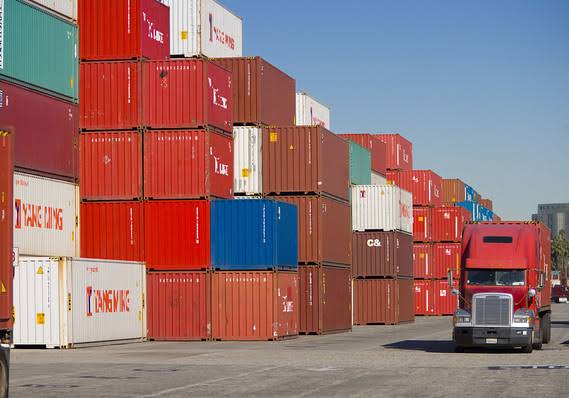According to the National Bureau Statistics (NBS), Nigeria total import grew from N25.5 trillion in 2022 to N35.9 trillion in 2023. In the first and second quarters of 2023, total import was N6.4trillion and it increased to N9trillion in third quarter and again N14trillion in fourth quarter.
Manufactured imports topped the chart with imports worth N18.3tn. Agric imports stood at N2.2tn while imports of raw materials totalled N3tn.
However, Nigeria was able to churn out exports worth N35.9tn. However much of these were under the category of crude oil which constituted N29tn while exports of other oil products stood at N3.5tn.
Agricultural exports were N1.2tn while manufactured goods exported outside Nigeria totalled N778bn. This means that Nigeria recorded a balance of trade of –N1tn in the agricultural sector and a staggering –N17.5tn in the manufacturing sector.
The Chief Executive Officer of the Centre for the Promotion of Private Enterprise, Muda Yusuf blamed naira depreciation for the significant increase in exports on a year-on-year basis.
He said, “I think it is because of the naira depreciation. If you are importing something that was $1m when the exchange rate was N450, now you are importing products worth $1m and the exchange rate is N1,500.
“That is three times already if you multiply it in naira. So, in dollar terms, it is possible that the import has even reduced. We have to consider that.”
The increase in exports comes amid President Bola Tinubu’s drive to boost non-oil exports and diversify the economy away from crude oil exports.
According to NBS data, the total non-oil export of Nigeria in 2019 (the highest in recent times) is just about $9.13bn.
While presenting a paper at an event organised by the Nigerian Export Promotion Council, the Director-General of the Manufacturers Association of Nigeria, Segun Ajayi-Kadir said Nigeria has not done well in global export trade as it ranked 52nd among nations.
He added that the country has also not done well domestically in terms of the share of non-oil and manufactured exports to total exports.
He listed factors militating against exports including the high cost of local and imported raw materials, insecurity across the country, including industrial areas, dearth of skilled manpower.


